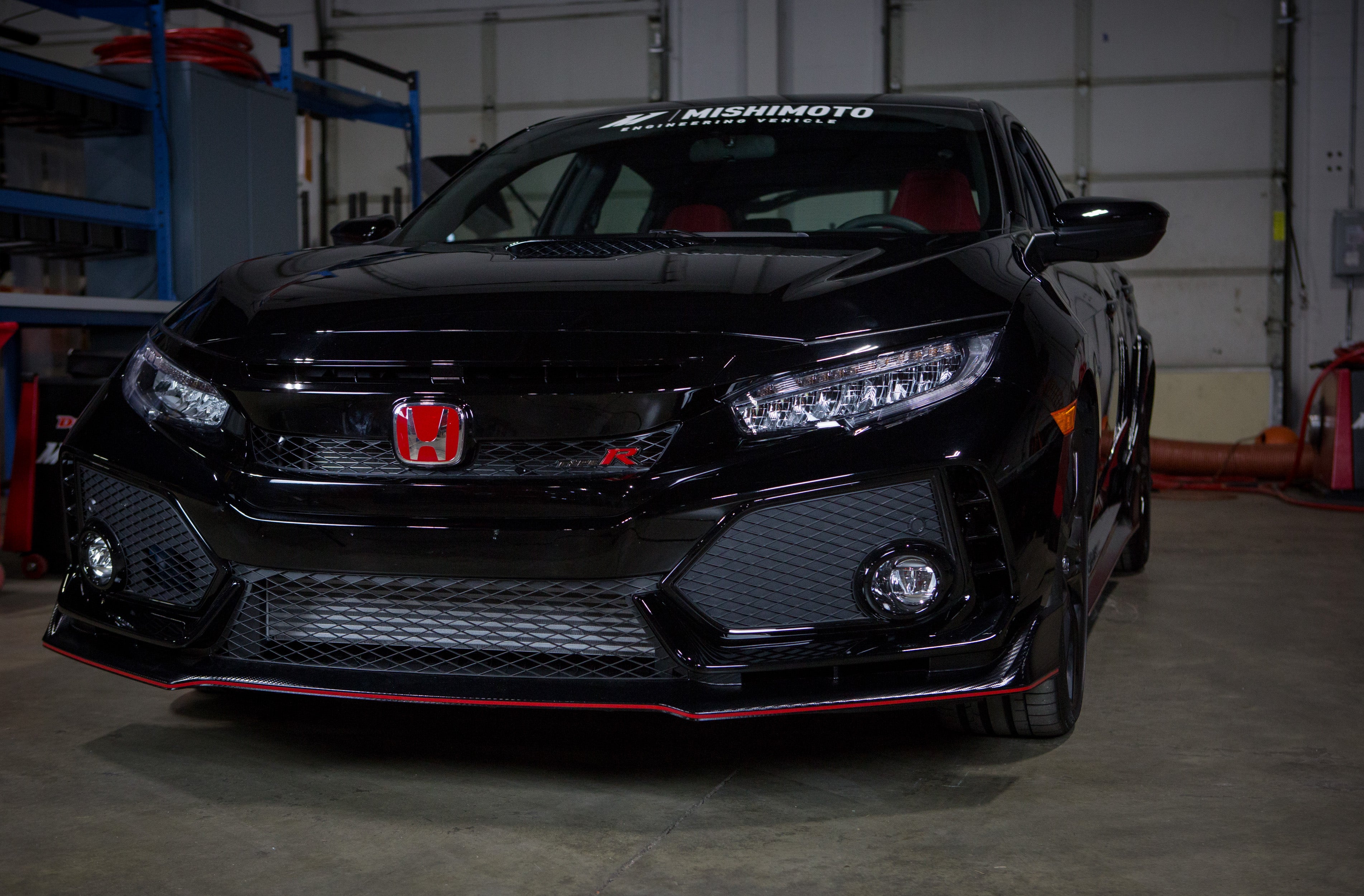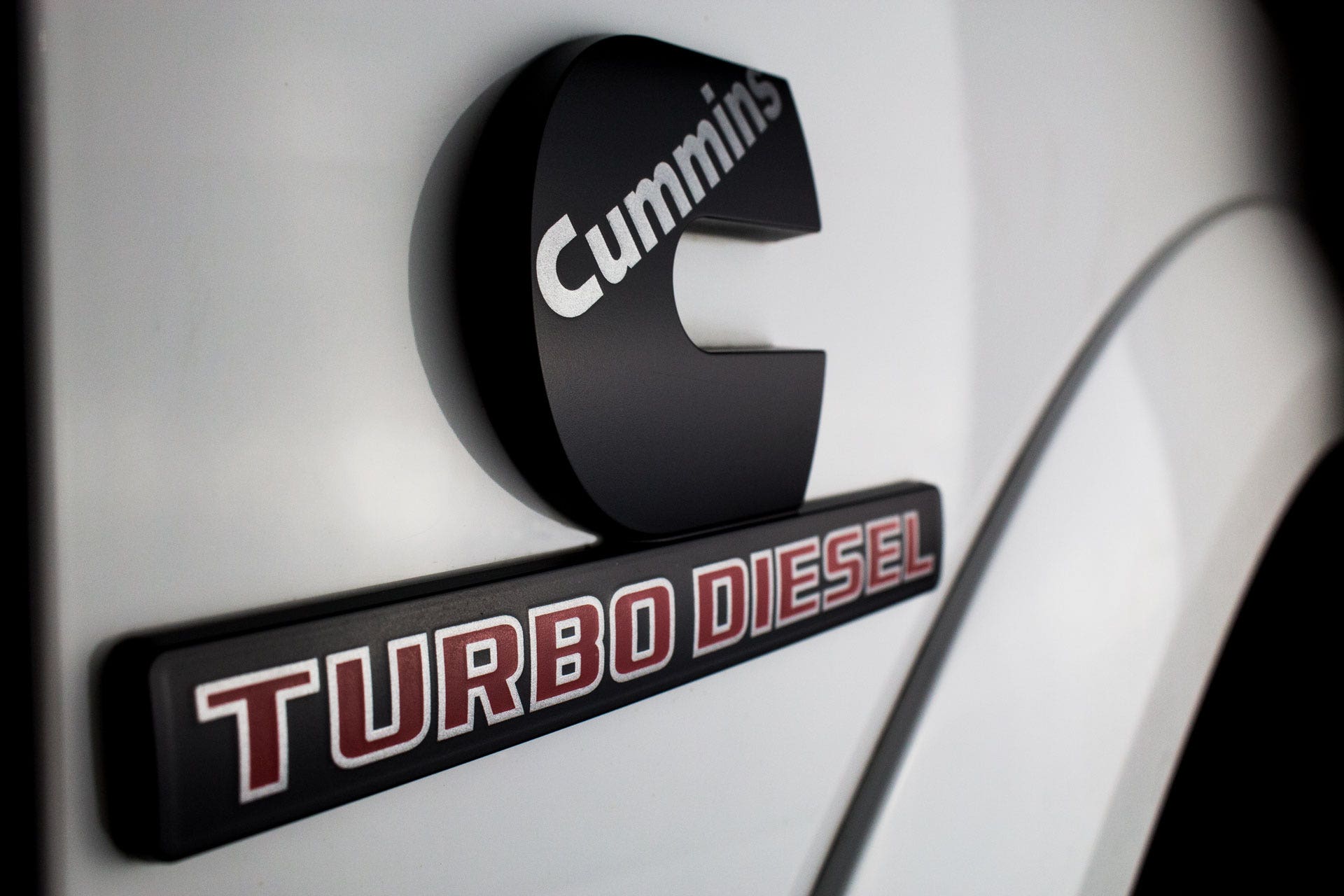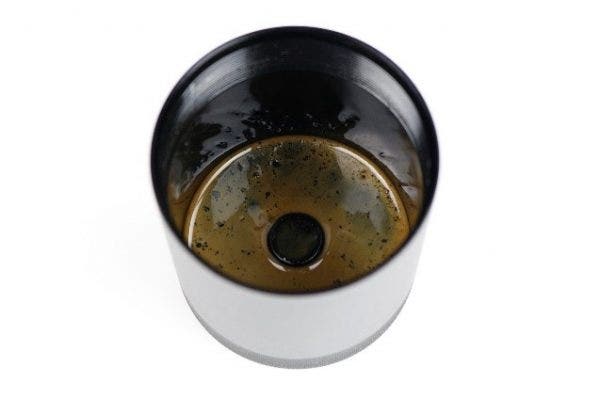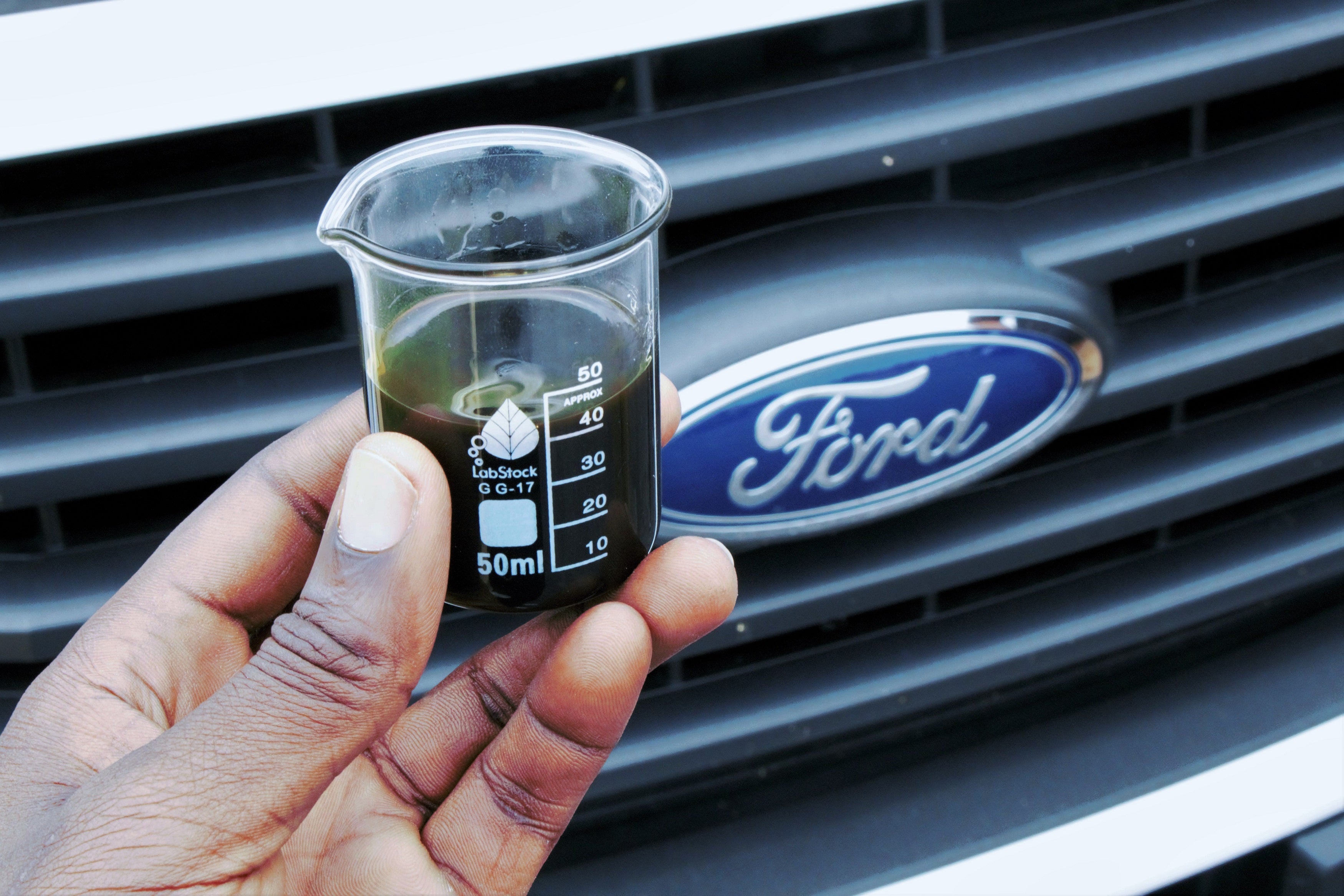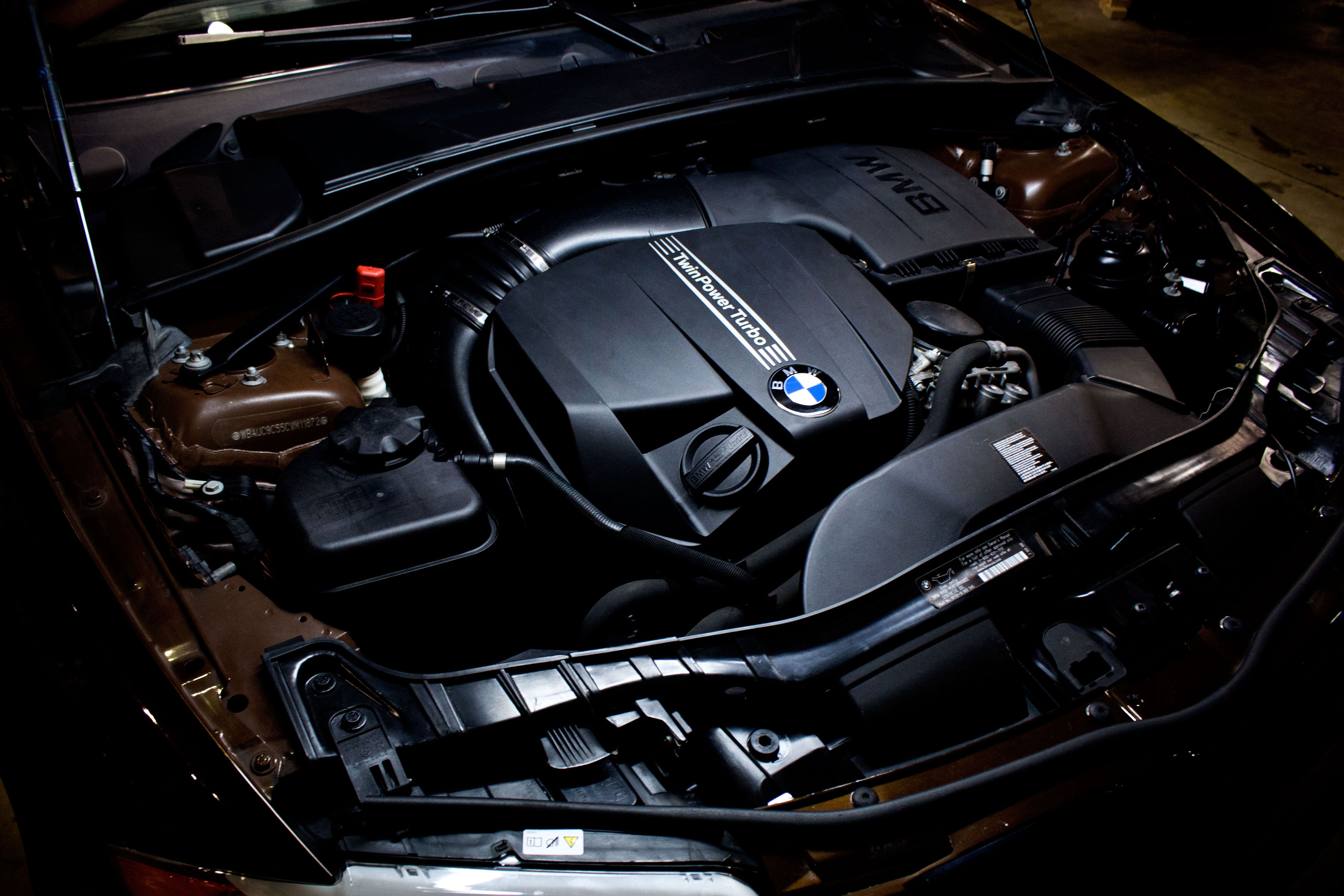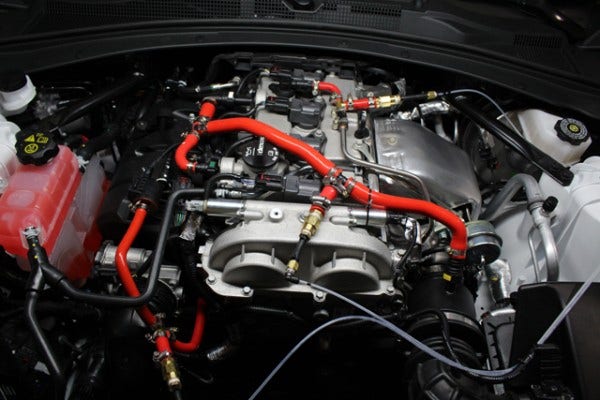Engine blow-by is something that affects just about every engine on the road. Though plenty of manufacturers have made leaps and bounds in filtering blow-by from the intake, finding clever ways to keep the carbon deposits from building up on intake valves, blow-by remains an issue. This should come as no surprise if you've spent any time on our blog. Just about every type of car and truck that has made its way into our R&D facility, ranging from BMWs to F-150s, and even the 1.5T found in the base Civics, have all produced varying levels of the murky stuff. The K20C1 is likely to be no exception to this trend. That leaves it up to us at Mishimoto to make sure none of the contaminates in the crankcase gasses make it to your valves.
 " width="578" height="600">
" width="578" height="600">




